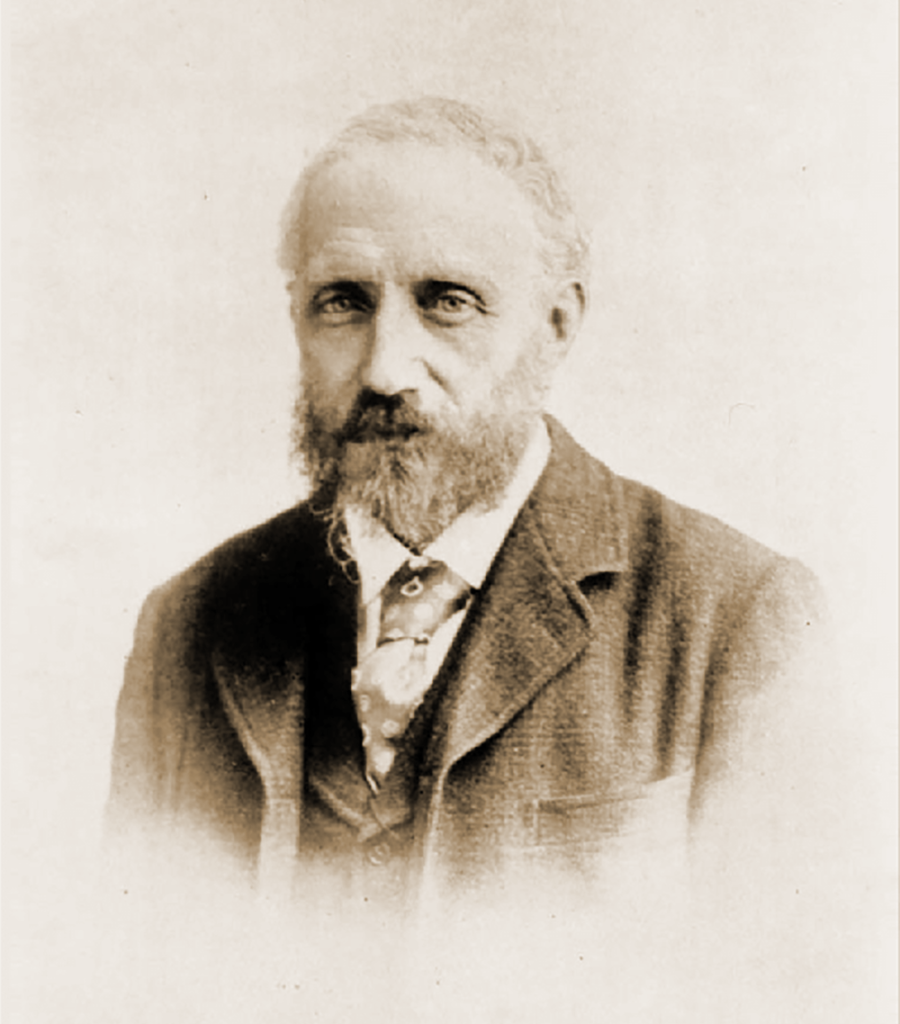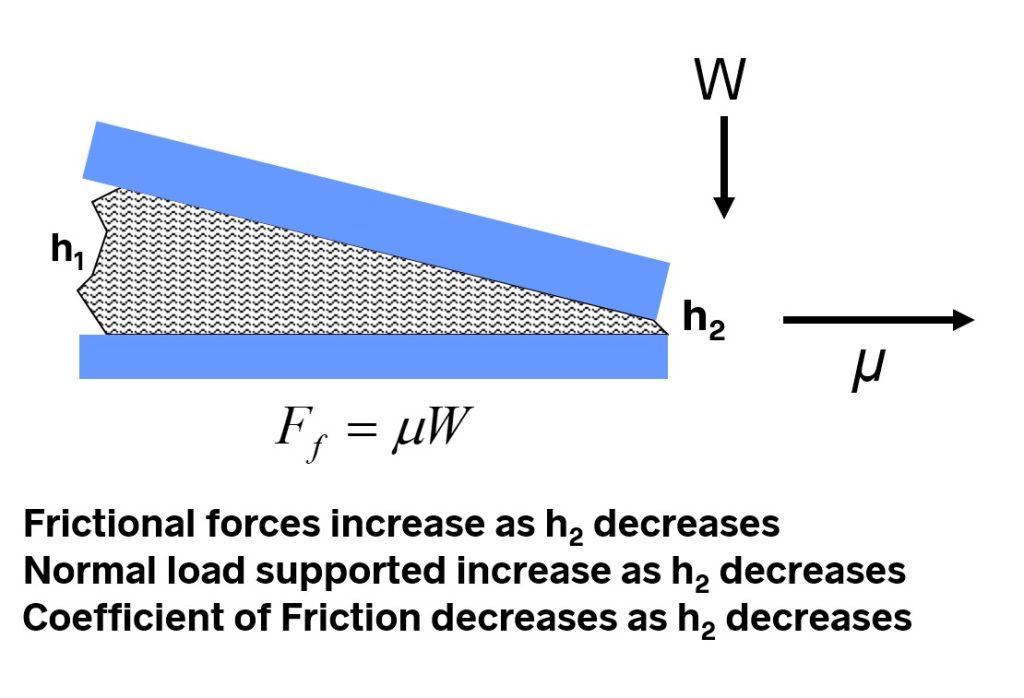Osborne Reynolds, born August 23, 1842
Many engineers will recognize Osborne Reynolds as a pioneer in the studies of fluid mechanics and air flow. But Reynolds was also a key contributor to the fields of tribology and lubrication.

Reynolds was one of several, remarkable 19th century researchers who made field-defining discoveries in many different studies. Reynolds’ research into laminar and turbulent flow, for example, led to our ability to define gas and fluid flows in bulk terms, with wide-reaching consequences for shipbuilders, pipelines, air handling, etc.
One of Reynolds’ seminal contributions was to define the mathematics of hydrodynamic lubrication. In Reynolds’ time, most lubricants were organic, including whale oil, and vegetable oils. Another researcher, Beauchamp Tower, had determined through experimentation that the surfaces of a bearing were not in direct contact as had been assumed; instead, they were held separate by a thin film of the lubricant itself, which carried the load.

Reynolds took this research further. He determined that the efficiency of the lubricant depended on viscosity, speed, bearing dimensions, and other factors. According to Reynolds, the lubricant was “dragged” into the contact area, creating a film that carries the load. Further experimentation led him to determine the viscosities of various lubricants. He formulated a mathematical description of hydrodynamic pressure that was in accordance with all of the experimental data. Over the course of his career, Reynolds published about seventy science and engineering research reports in thermodynamics, kinetic theory of gases, condensation of steam, ship propulsion, hydraulic brakes, hydrodynamic lubrication, etc.
Learn more about the discoveries of Reynolds, Tower, and many others in the Lubricated Friction module of our Surface Roughness, Texture and Tribology short course series.
